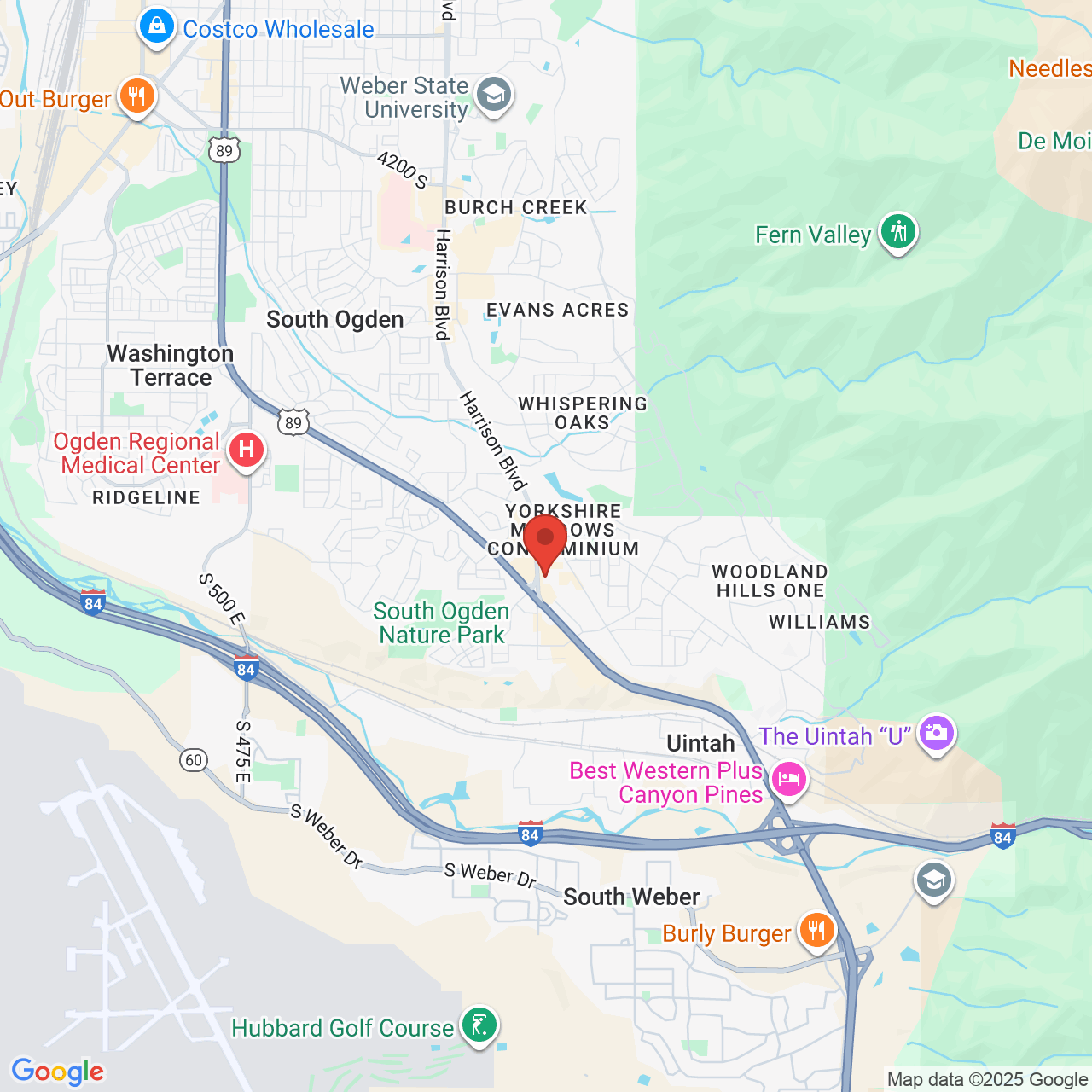The History of the Toothbrush: Healthy Smiles Through Time
 Brushing your teeth at least twice a day is essential for fighting cavities and having a healthy smile. It's something we always stress here at South Ogden Smiles since it's a way to avoid the need for restorative dentistry procedures to treat tooth decay and gum disease. Using that toothbrush properly can prevent major dental health issues.
Brushing your teeth at least twice a day is essential for fighting cavities and having a healthy smile. It's something we always stress here at South Ogden Smiles since it's a way to avoid the need for restorative dentistry procedures to treat tooth decay and gum disease. Using that toothbrush properly can prevent major dental health issues.
On the note of the toothbrush, its history is rather fascinating, and most people don't know the story of its creation and evolution in human civilization. We'd like to offer a brief look at the history of the toothbrush just so you understand how far dental care has come.
The Chew Stick: The Ancestor of the Toothbrush
Before the toothbrush, there was a much simpler tool for cleaning teeth. It was known as a chew stick. The chew stick was essentially a twig with a frayed end that could be used to brush the teeth clean. The opposite side of the chew stick could be used as a toothpick.
The chew stick dates back all the way to 3500 BC. The chew stick was used in many different countries, though some of the earliest date back to Egypt and Babylon. Around 1600 BC, there's evidence of Chinese chew sticks fashioned from twigs from fragrant plants and trees as a way of improving breath while getting the teeth clean.
The Early Toothbrush Came from China
The first toothbrush was made in Ancient China some time during the Tang Dynasty (619-907 AD). These first toothbrushes consisted of a bamboo or bone handle. The bristles were made from the coarse hairs of a Siberian hog. Later Chinese toothbrushes from around this era used horse hair instead of hog hair for the bristles.
The Toothbrush in Europe
The toothbrush wouldn't reach the Western world until the sailing age of global trade and discovery. It's assumed that the toothbrush wound up in Europe some time around the 16th or 17th century.
Europeans would take these designs from abroad and try to fashion their own toothbrushes. The first European toothbrush was made some time in the 1780, with a cattle bone handle and bristles from pigs. In 1844, Europeans developed a three-row bristle arrangement to improve cleaning ability.
The Early 20th Century and the Modern Toothbrush
The modern toothbrush as we know it today was born in the first half of the 20th century. Produced by DuPont in 1938, these toothbrushes used then-revolutionary nylon for the bristles. A softer form of nylon would be used for toothbrush bristles around the 1950s, which made this basic oral hygiene practice much easier on the gums.
The Electric Toothbrush Is Born in the 1960s
The 1960s saw one of the last key innovations to the toothbrush. The electric toothbrush shows up during this decade, making it much easier to clean the teeth for people who had issues with arthritis or the use of their hands.
What's New with the Toothbrush Today?
As the 20th century closed and we're now well into the 21st century, innovations in the toothbrush haven't been drastic. New handle shapes and head sizes have improved the ability to reach certain teeth and parts of the mouth, and new bristle formations have improves the ability of the toothbrush to remove plaque and food particles. This lack of major innovation may be a testament to simplicity and effectiveness of the toothbrush.
Contact South Ogden Smiles
To learn more about good oral hygiene and enhancing your dental health and wellness, be sure to contact the dental health experts at South Ogden Smiles. We will discuss all of your options for fighting cavities and discuss advanced dental care options for tooth decay and gum disease.


